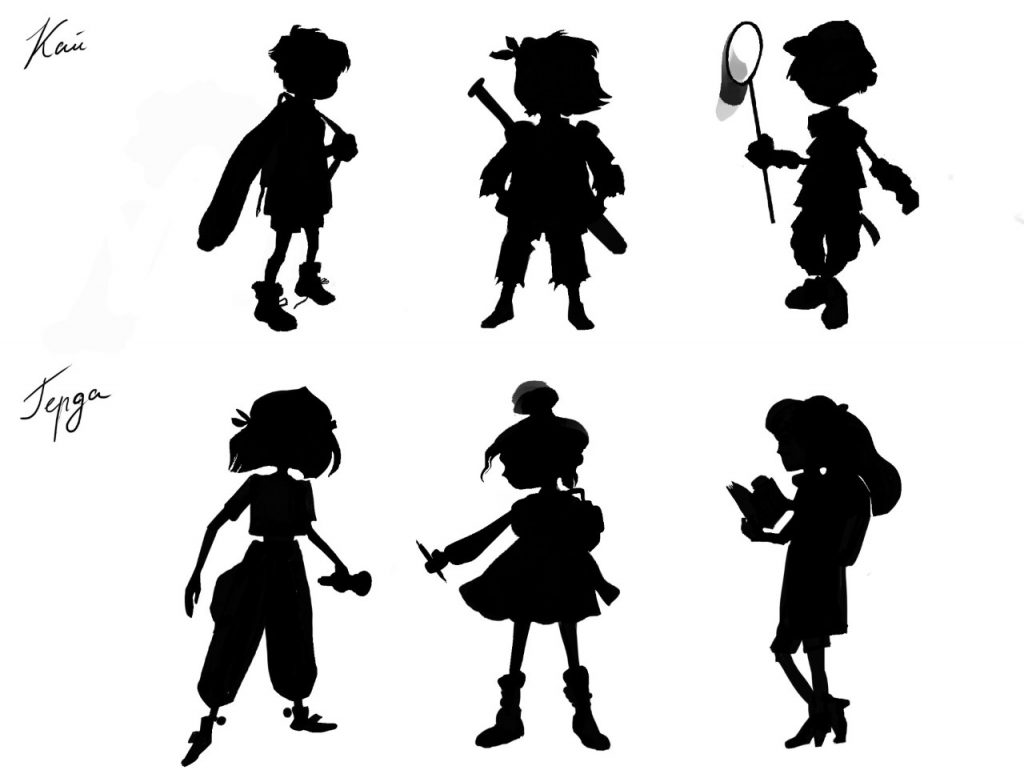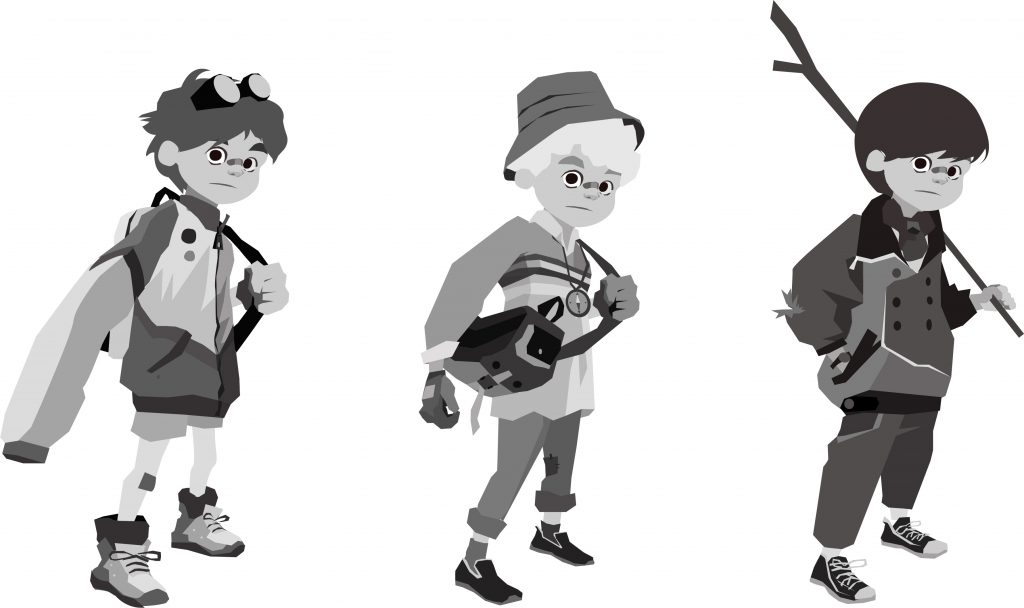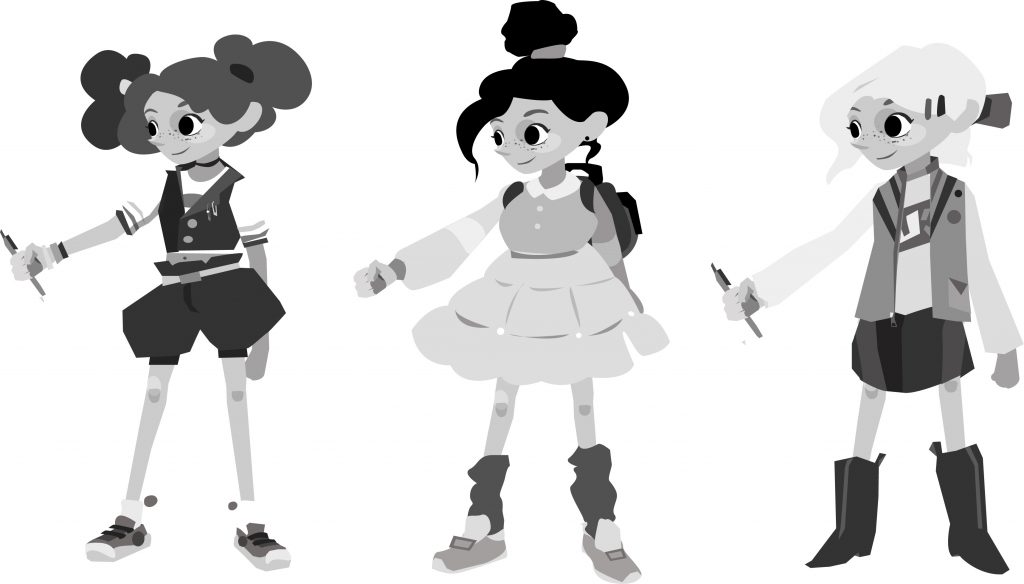Creating a character for any type of target audience begins with developing a back story. A backstory includes all of the background information you need to know. To create one, dive into the research of different places, cultures, professions, and more. It’s best to know absolutely everything about them so that you’re able to translate the backstory into their design. Where do they live? Who are their parents? What is their hobby? Who is their best friend ? What do they usually eat? What are their interests?
In our case, I am creating the two siblings from the Snow Queen fairy tale, Kai and Herda. I am reimagining the two of them in the 80s setting, therefore it doesn’t make sense for them to live on the balcony of an old Dutch house like in the original story by Hans Christian Andersen.
In this story, Kai and Herda ran away from a foster family and settled down in an old camping van left on an abandoned parking lot. The two of them look after each other without much adult supervision, thus the clothes they wear are clumsy and not in the best shape. Still, both of them are smart and have vigour and wit to them, features that both of them acquired from living alone.
The beginning stages of the character design is using silhouettes. Silhouette thumbnails are a helpful and productive method of design when it’s necessary to produce a large number of variations of concepts within a short period of time. The purpose of finding a strong and interesting silhouette is so that it becomes easily recognizable from a distance to the person playing a video game or watching a movie.

Me and Lera, my mentor, have agreed on the two strongest concepts: 1st Kai and second Herda. Later on, my task was to create tonal sketches, to give the shape, tone and personality to each character. I used a lot of reference from the 80s kids targeted ads in order to better understand the aesthetic of that time.

Kai. Initial concepts.

Herda. Initial concepts.
